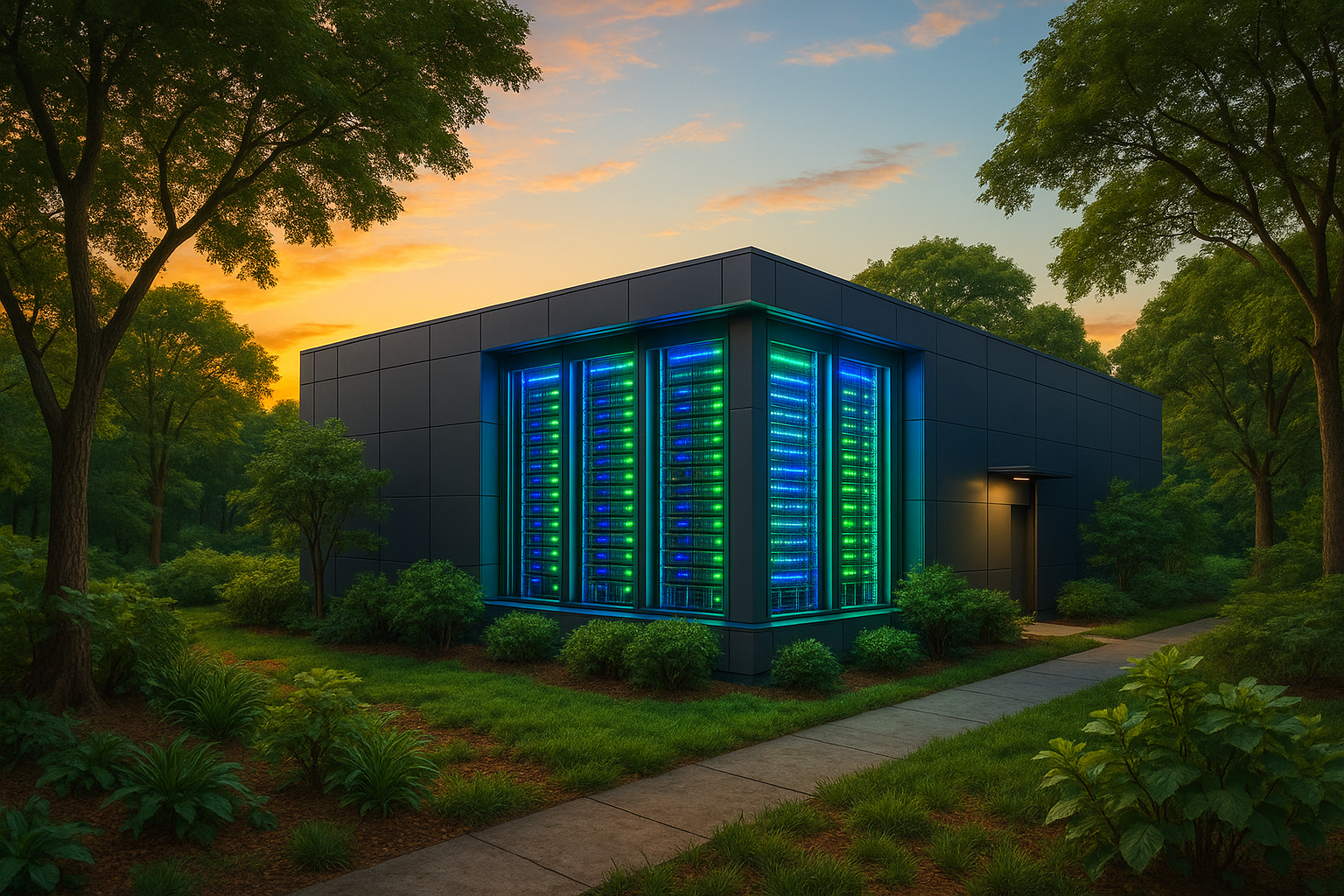The race to achieve the quantum edge continues. A few days ago, the IBM Quantum Summit conference took place, and the U.S. company IBM announced its progress on the Osprey.
This is IBM’s quantum computer, the most powerful one to date. With a processor that reaches 433 cubits, it is set to revolutionize the landscape. In this Befree blog post we explain the significance of this event and what the future might hold.
The Osprey: the world’s most powerful quantum computer
IBM’s new quantum computer triples the memory of the Eagle (the processor that broke the 100-cubit barrier just a year ago). The Osprey reaches the 433 cubits. I’s included in a new IBM Quantum System Two, a modular system that we will talk about later. It will be accessible online in the first quarter of 2023, and is key to developing a modular architecture with quantum communication and a hybrid cloud system that allows quantum and classical workflows to be integrated.
As described by IBM itself, the new processor “has the potential to execute complex quantum computations far beyond the computational capacity of any classical computer” They also reflect this with a comparison: the number of classical bits needed to represent a state in the IBM Osprey processor far exceeds the total number of atoms in the known universe.
But what is a cubit?
Terminology is useless without a prior explanation. A cubit is the minimum unit of quantum computation. In common technology, the bit is used. But the difference with the cubit is that it does not have only two values (0 and 1), but can have these or any superposition of them.
If a current supercomputer can perform millions of operations with bits (according to El País, IBM’s Summit is capable of processing more than 200,000 million calculations per second), a quantum computer can perform trillions. Hence the importance of increasing the capacity of cubits in the models under development and minimizing the errors that affect this technology.
What we can expect in the future
IBM’s goal is clear: more than 4,000 cubits by 2025. The timetable is set and, so far, IBM is on schedule. For this 2022 it has been 433 cubits, but for next year nothing more and nothing less than a 1,121-cubit quantum computer is planned, the first to surpass the 1,000-cubit barrier (unless another company gets ahead of it). By 2025, IBM expects to have a system above 4,000 cubits.
In addition, after the quantum computer of more than 1,000 cubits, IBM is proposing a system based on modules. Called IBM Quantym System Two, the modular quantum computer will allow modules to be connected together to create larger quantum computers. This new system would be ready by the end of 2023. By connecting three of the future quantum computers, they could obtain a system of up to 16,632 cubits.






